Can I Compost In An Apartment?
Thinking about composting at home but you live in an apartment or condominium? There are plenty of ways to compost in an apartment, and I’ve got all the details for a variety of ways to compost in an apartment or condominium.
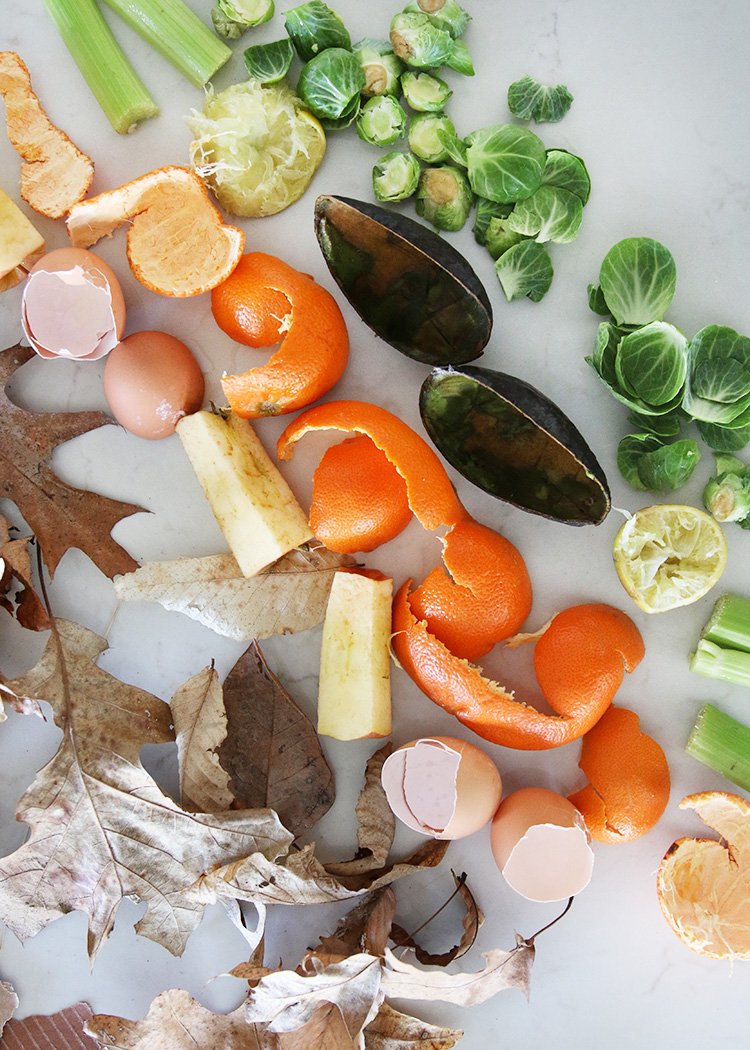
A few weeks ago, I offered a few suggestions about growing a balcony garden. Naturally, my friend inquiring about starting a garden on her balcony followed up with questions about how to compost in her apartment with young kids.
I love when people ask me about composting (I know… I fully embrace my Compost Nerd status). But honestly, I hesitated when responding not because composting in an apartment is hard. There are lots of ways to compost in an apartment and prevent your food scraps from heading to a landfill.
However, many of the ways to compost in an apartment leave the finished compost with someone else. Creating finished compost in an apartment isn’t quite so easy, unless you’re willing to experiment a bit or invest in an expensive appliance.
Currently, my friend is surviving quarantine with two young kids and not a lot of outdoor space. I knew she wasn’t in the market for a vermicomposting or bokashi learning curve. I don’t blame her! I haven’t even tried either of those things, so maybe that’s why I’m gun shy to recommend them to beginners. I don’t have the experience to troubleshoot them for friends if things go astray.
However, if you don’t have a large yard or open space in which to create a compost pile or heap, have no composting fear. There are many options to compost in apartments or small spaces outdoors. In some cases, you’ll benefit from the good humus and other systems take your food scraps elsewhere to decompose. But either way, you can definitely compost in an apartment.
Even Small Composting Systems Matter
Composting indoors or composting in a small space will likely reduce the amount of matter you can compost and the amount of finished compost you’ll create. None-the-less, there’s still an opportunity to create finished compost for indoor houseplants, container gardens, and small beds around a yard.
Furthermore, organic matter typically emits greenhouse gases when it decomposes in a landfill. Alternatively, organic matter decomposing with oxygen in a proper compost bin or system generates water, oxygen, a bit of carbon dioxide, and nutrient-rich soil matter that helps new plants flourish.
In other words, compost your food scraps if you can. Even if we all composted half of our food scraps in smaller containers and systems, it would have a significant impact on reducing greenhouse gas emissions and replenishing soil health.
6 Ways To Compost In An Apartment or Small Space
If you’re looking to compost in an apartment or small space, here are some ideas to ensure your food scraps don’t become a vehicle for more emission or atmosphere-heating greenhouse gases on our planet.
Compost Pick Up Service
If it’s in your budget, using a pick up service might be the easiest way to compost indoors or in a small space. There are many private companies that provide pick up services for a fee. In some places, municipalities pick up organic matter for composting. I can’t wait until this is a more mainstream practice (and I’m hopeful it will be sooner rather than later).
If you use a private or municipal pick up service, you typically collect your food scraps in an airtight bucket. Each week or two, your food scraps are picked up and delivered to a local composting site where they are maintained and turned into finished compost. As a customer, you may even be able to stop by the composting site periodically to pick up finished compost that you can bring back home to replenish soil in containers and raised beds around your living space.
Interestingly enough, some municipalities require organic matter to be collected and composted. Be sure to find out if it’s available in your area. If not, maybe you can start it!
Find out more about others who have used a composting pick up service. Katie uses a composting service while living in the suburbs of Philadelphia with her family. Celia lived in an apartment in downtown Chicago and used a service to pick up her compost bucket each week. Both shared more about using a composting pick up service in the Bring Your Trash To Life series.
Supplies Needed | None (other than the bucket provided by your pick up service)
Vermicomposting
Vermicomposting is the practice of composting in an enclosed worm bin. These systems can be really simple or very fancy, depending on the amount of space available and how much you want to spend. Many people make DIY worm bins. You can also buy a worm bin; there are lots of options.
Worms live in the bin and eat food scraps. Their poop creates a nutrient-rich humus that can be added to soil or used to create a compost tea that you can pour on soil.
Chelsea created a DIY worm bin and vermicomposts in a cabinet in her kitchen.
Supplies Needed | It really depends on how you vermicompost. If you make your own bin, there are lots of online tutorials which will list their specific supplies. If you buy a worm bin that is prefabricated or you need to put together, each of those bins should have a list of materials needed.
ShareWaste
ShareWaste is an app that connects compost “hosts” (people with compost bins, tumblers, or other systems who collect food scraps) with “donors” (people who donate their food scraps to a compost bin). It’s really simple to use and is available around the world.
I signed up as a host a few months ago and have one donor through the app who stops by every couple of weeks to drop off her food scraps. When my mother-in-law found out I was “accepting donations,” she started bringing her food scraps to our house when she visits as well. So I really have two donors. Although it seems really nerdy and probably a bit weird, it makes my day to connect with other people with a similar passion for composting and ensuring our food scraps don’t land in a landfill.
If you would like to compost food scraps and have nowhere to create a composting site or container, be sure to download the app and check for compost hosts in your area. It’s really easy to use, and all messaging is through the app so you don’t have to tell the host where you live if you are concerned about privacy.
Supplies Needed | Countertop compost container
Friend or Neighbor
If you have a friend or a neighbor who composts, ask if you can put your food scraps in their bin. As long as you respect their rules about what types of items can and cannot be tossed into their compost, I’d be really surprised if they declined your offer. It can’t hurt to ask! It’s like ShareWaste without the app.
Supplies Needed | Countertop compost container
Electronic Indoor Compost Bins
If you’re willing to invest a decent chunk of change, there are a few compost bin appliances that live in your kitchen. Examples include the Food Cycler and the Zera Food Recycler. They breakdown food in a few hours or days and produce a finished product that is great as a soil amendment. It can be used in gardens as well as houseplants, containers, and even just sprinkled on grass or soil if you don’t have another use for it.
I don’t have one of these electronic compost bins, so I can’t attest to how well they work. But they seem to have pretty good reviews.
I’m a little skeptical about the trade-offs of using electricity to expedite the decomposition process. Most of our electricity comes from fossil fuels currently, so using fossil fuels to reduce methane gas emissions in landfills isn’t the best trade-off to me.
However, it does offer another option to those with financial resources but lacking space to reduce waste and help feed soil with nutrient-rich organic matter. Also, these machines can compost things like meat and dairy that aren’t great for backyard composting bins because they take a while to break down, cause odors, and attract animals.
Supplies Needed | Aside from the compost container itself, you probably won’t need too many supplies. Each of the respective bins will have it’s own set of information.
Community Drop-Off Site
If you don’t have space or aren’t allowed to compost on your own property, there are a variety of drop off sites to which you can bring your food scraps, yard waste, and other organic matter. For example, many farmers’ markets collect food scraps. Community gardens or school gardens also may accept food scraps from local residents. Lots of municipalities have waste collection sites that take organic matter and food scraps.
This directory from Recycle Search isn’t perfectly complete, but it’s a starting point to help you find a place to drop food scraps or pick up finished compost.
Supplies Needed | Countertop compost container, a bucket or container to carry the food scraps to your compost host
Do you have any other ideas for composting in an apartment? If so, share your ideas in the comments below so we can make this post as helpful as possible for those trying to reduce food waste and heal our soil through composting.


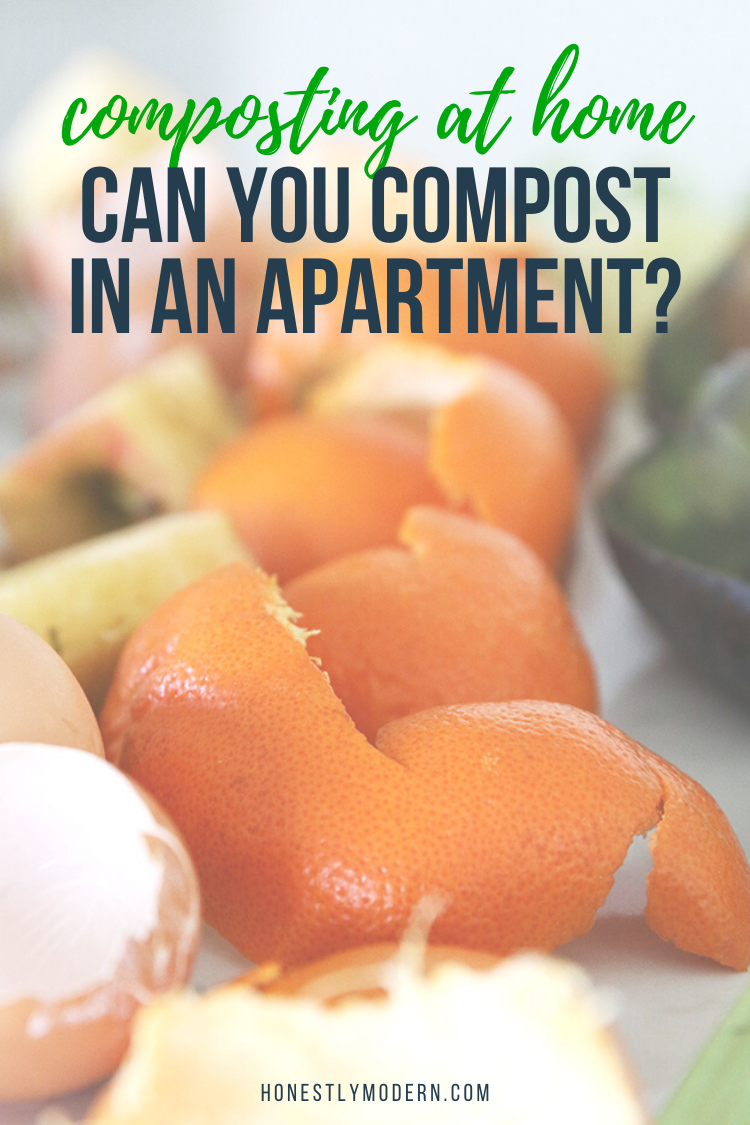

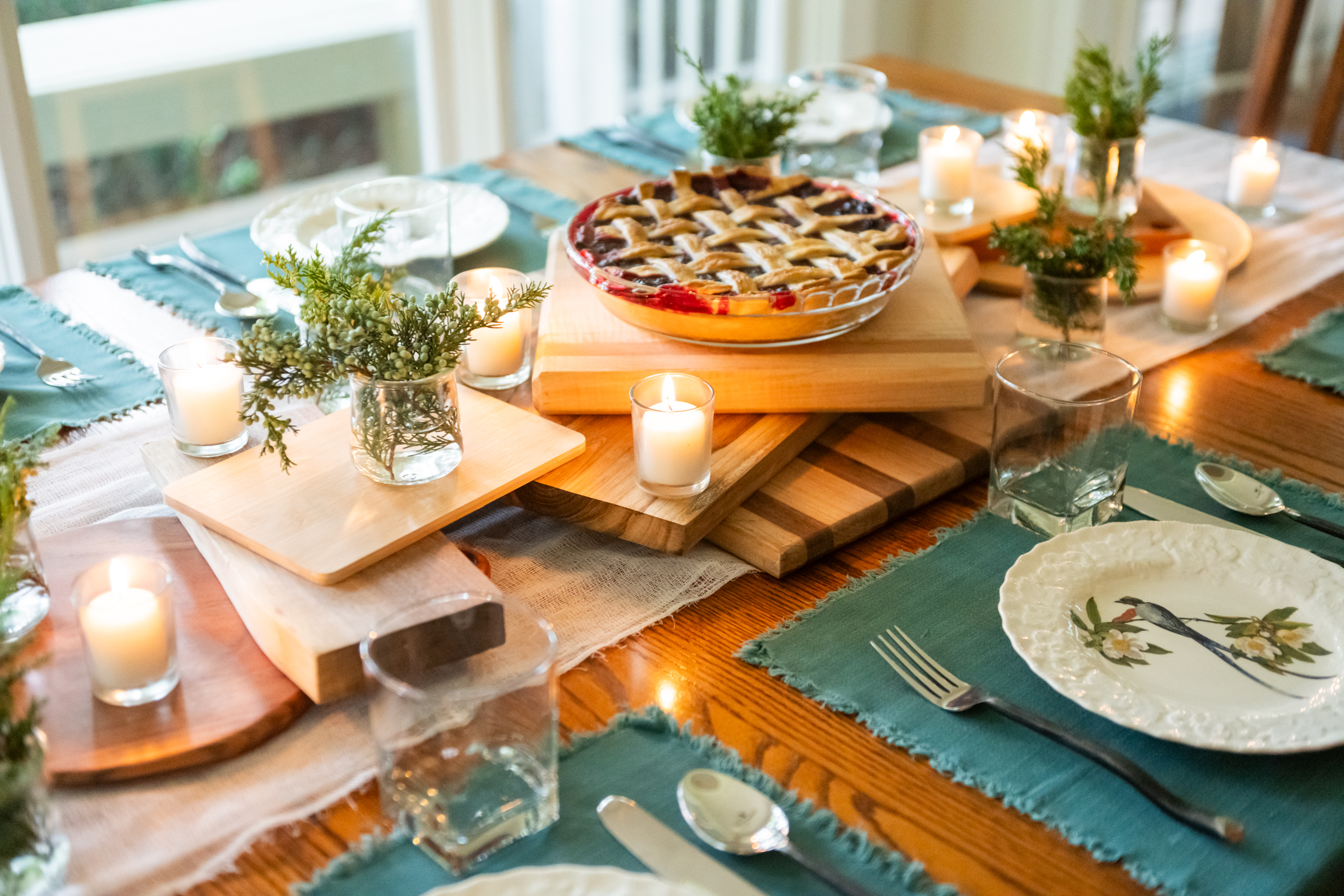
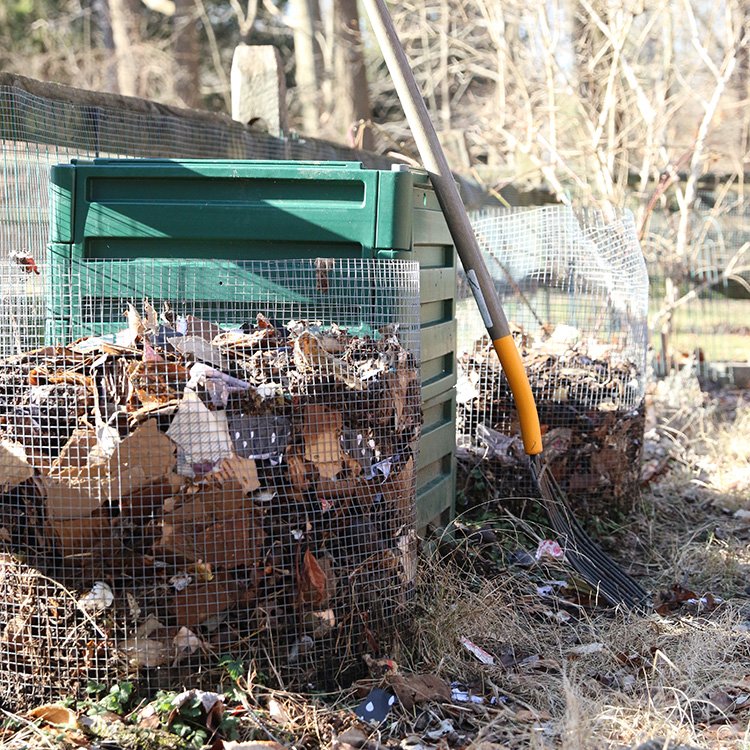
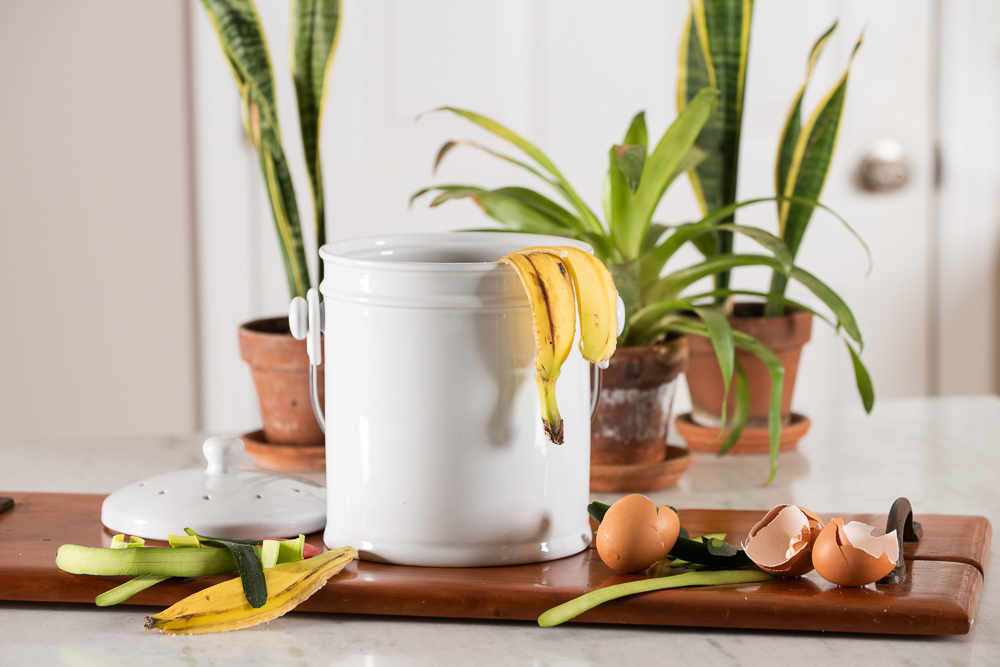
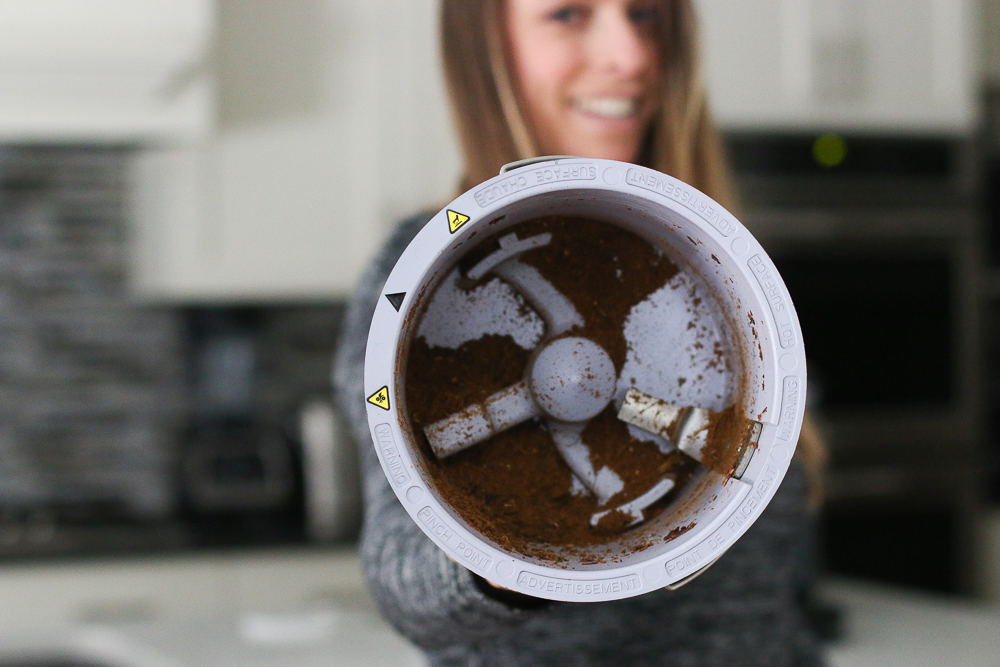
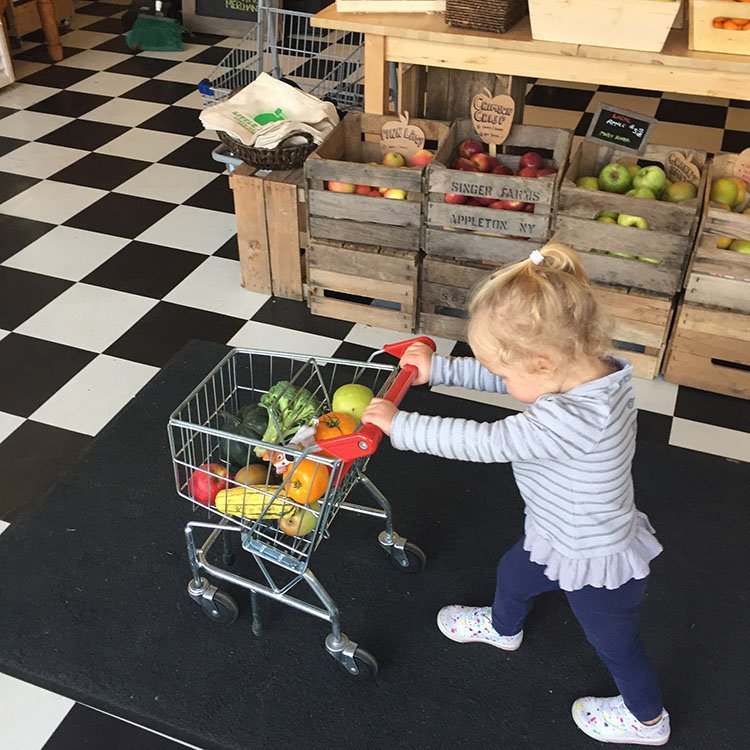


I’m extremely pleased to discover this great site.
I need to to thank you for ones time for this particularly wonderful read!!
I definitely really liked every part of it and i also have
you saved to fav to check out new things in your blog.
Thank you for all of these suggestions! I just wanted to pitch in one more, which is ideal for small apartments and people with no access to compost service or someone to deliver the food scraps to – the cardboard box compost method! If you search for Hiroko Tabuchi and cardboard box, you can find an article from the NY times on this method, it’s a Japanese composting practice, you need a cardboard box and a mix of coco peat and ash, you add your food scraps to it, it’s super low-odour and low-maintenance!
Thanks! Glad to hear another idea.
Cool article! I love the idea of Sharewaste, although unfortunately I only see one person use it in my city.
I want to suggest another idea as well which is to reduce the number of scraps that are wasted. Sounds obvious but there are many things that we throw that can be eaten.
For example, you can eat brócoli stalks, I like to cut them in slices and roast them in the oven. And also kiwi skins, they contain most of the plants fibre and are very good for you.
So before you throw a plant skin or end away, I would challenge to think if it can be eaten.
This is so true. We can definitely eat a lot of the food that ends up in the trash, especially in things like smoothies, soups and stews, and more. Thanks for the suggestion!